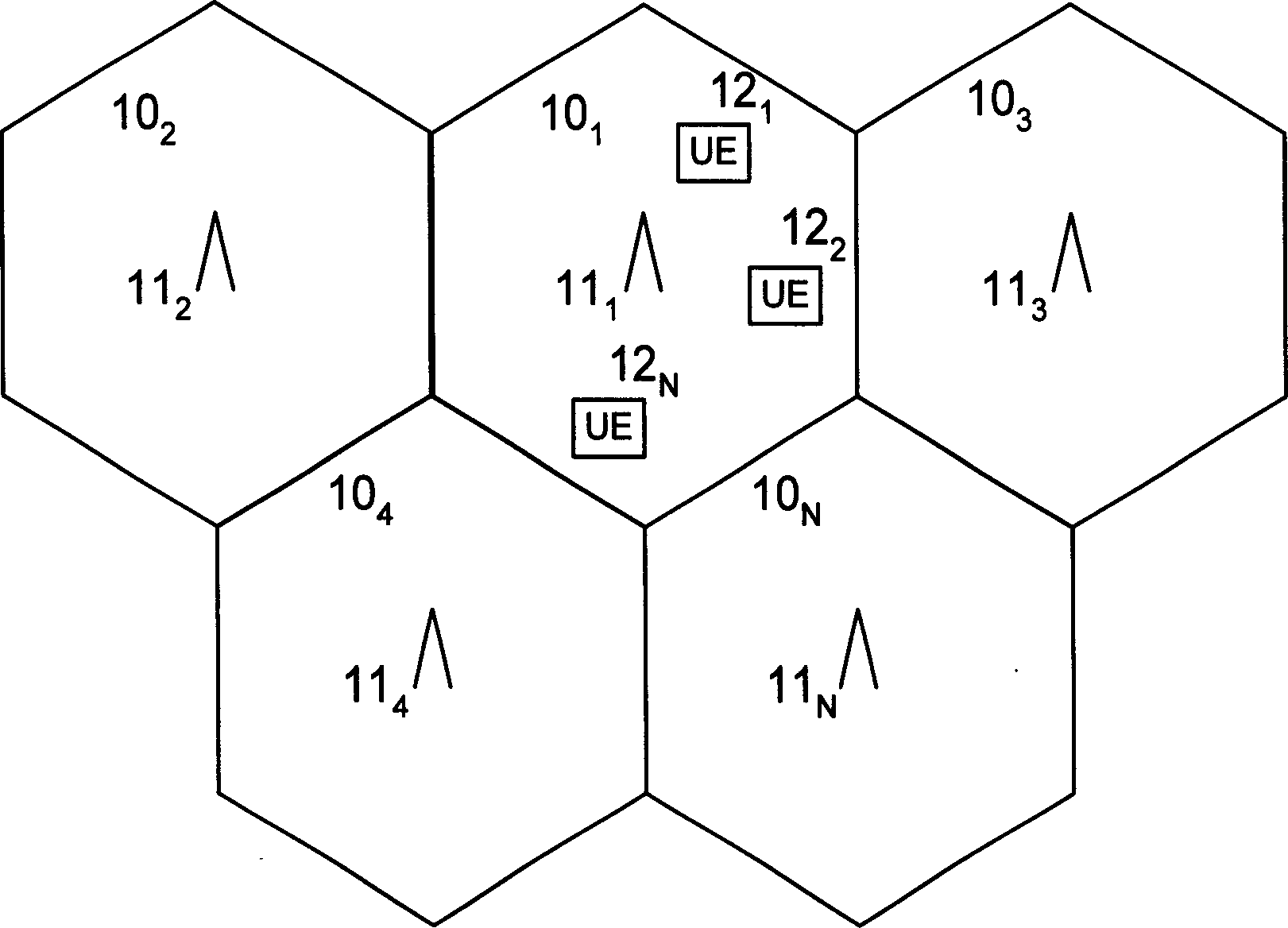Community Search first and second step serial iteration method for time-division duplexed system
A technology of time division duplex system and cell search, which is applied in communication between multiple stations, access restriction, electrical components, etc., and can solve problems such as errors, weak TD-SCDMA signal, and poor channel environment.
- Summary
- Abstract
- Description
- Claims
- Application Information
AI Technical Summary
Problems solved by technology
Method used
Image
Examples
Embodiment Construction
[0033] based on the following Figure 3 ~ Figure 5 , to illustrate the preferred embodiment of the present invention.
[0034] Such as image 3 As shown, it is a flow chart of applying the present invention to a serial iterative method in the first and second steps of the initial cell search in the TD-SCDMA system.
[0035] First, in step 31, an iteration count counter is set to zero. An iteration count counter is maintained in the serial iteration process to count the number of iterations that have been performed, so it needs to be cleared to a zero value at the beginning of the iteration method.
[0036] Next, an iterative process is completed by steps 32 and 33, and the first step of initial cell search and the second step of initial cell search are executed respectively. Wherein, in step 32, the first step of initial cell search is performed to detect one or more SYNC-DL codewords and their synchronization positions. The first step of the initial cell search includes c...
PUM
 Login to View More
Login to View More Abstract
Description
Claims
Application Information
 Login to View More
Login to View More - R&D
- Intellectual Property
- Life Sciences
- Materials
- Tech Scout
- Unparalleled Data Quality
- Higher Quality Content
- 60% Fewer Hallucinations
Browse by: Latest US Patents, China's latest patents, Technical Efficacy Thesaurus, Application Domain, Technology Topic, Popular Technical Reports.
© 2025 PatSnap. All rights reserved.Legal|Privacy policy|Modern Slavery Act Transparency Statement|Sitemap|About US| Contact US: help@patsnap.com



